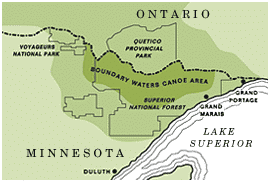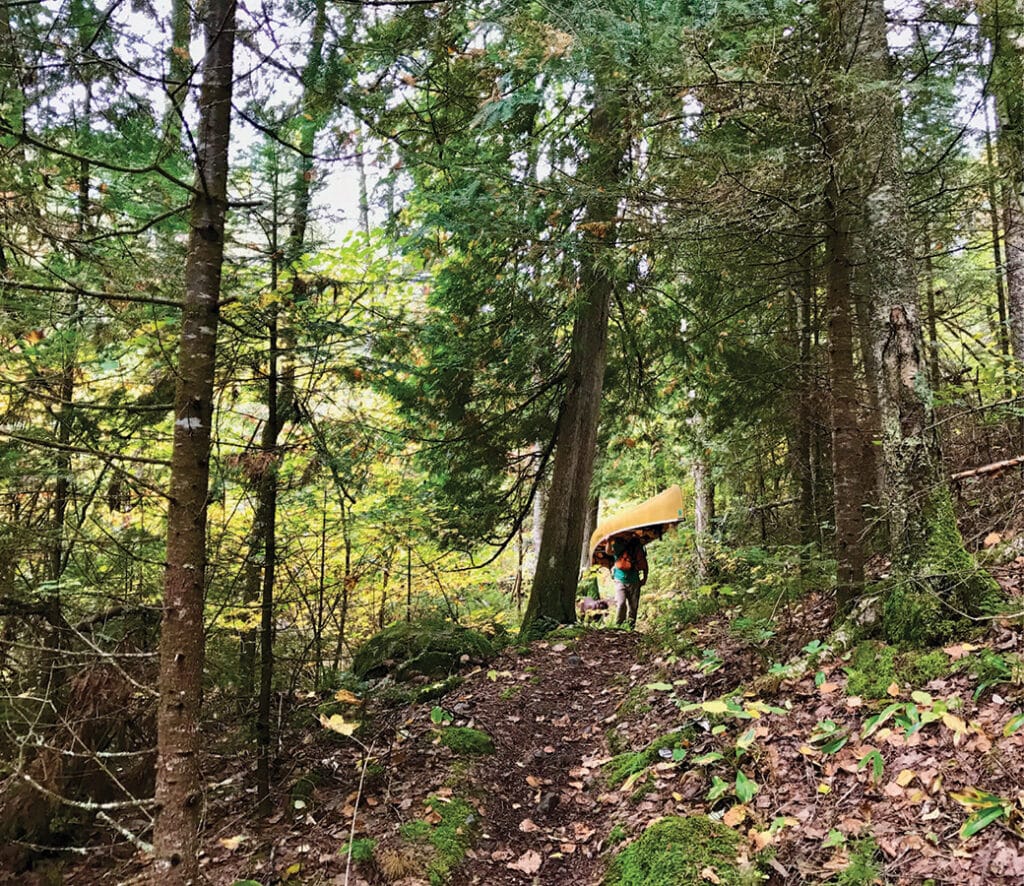
The Boundary Waters Canoe Area Wilderness (BWCAW) spans over a million acres, offering abundant solitude. But for those who truly want to get off the beaten path, the BWCAW’s twelve Primitive Management Areas (PMAs) offer the most remote and untouched wilderness experience.
The USFS-Superior National Forest (SNF) designated these PMAs for paddlers and hikers who seek solitude, challenge, and raw adventure. However, exploring these areas involves risk and demands strong outdoor skills with proper planning as help may be hours or even days away. Unlike other parts of the BWCAW, primitive areas have no maintained portage trails and no established campsites. The Forest Service has removed campsite features and abandoned old portage trails, leaving you to truly “choose your own adventure.”
Primitive Management Areas emerged as the wilderness gained formal recognition and protection. However, the concept of primitive areas began when the U.S. Secretary of Agriculture designated 640,000 acres of roadless land in the SNF in 1926. PMAs occupy 113,700 acres scattered throughout pockets of the million-acre wilderness. Each PMA is divided into subzones, where only one group is allowed to camp per night, though you may encounter other groups during the day.
Expect a challenge
Visitors to primitive areas need strong navigation and backcountry skills. Being self-sufficient is crucial, as resources may be limited, putting everyone at risk. You’ll likely encounter deadfall, dense brush, beaver dams, and mud. Be prepared to bushwhack in many places. Some PMAs are more accessible than others, but all require preparation and planning.
Unlike the rest of the BWCAW, here you can choose your camping spot. Camp on durable surfaces whenever possible to minimize your impact. The USFS encourages the use of portable stoves. Even so, if you build a campfire, keep it small, use only dead and downed wood, and build it on bare ground away from flammable vegetation. When you leave, erase all evidence of your fire.
You’ll need a separate permit
To visit a primitive area, first contact a Forest Service office to see if it is available for the area you’d like to visit. Then, reserve a BWCAW entry point permit through recreation.gov. Once you’ve done that, pick up your PMA permit from one of the Superior National Forest Offices. This helps the U.S. Forest Service monitor usage in these sensitive zones. Keep both permits in a waterproof bag and carry them in an easily accessible spot on you or in your boat.
Permits for primitive management areas are generally easy to obtain, as these areas see fewer visitors. In 2024, visitors reserved just 93 permits for PMAs.
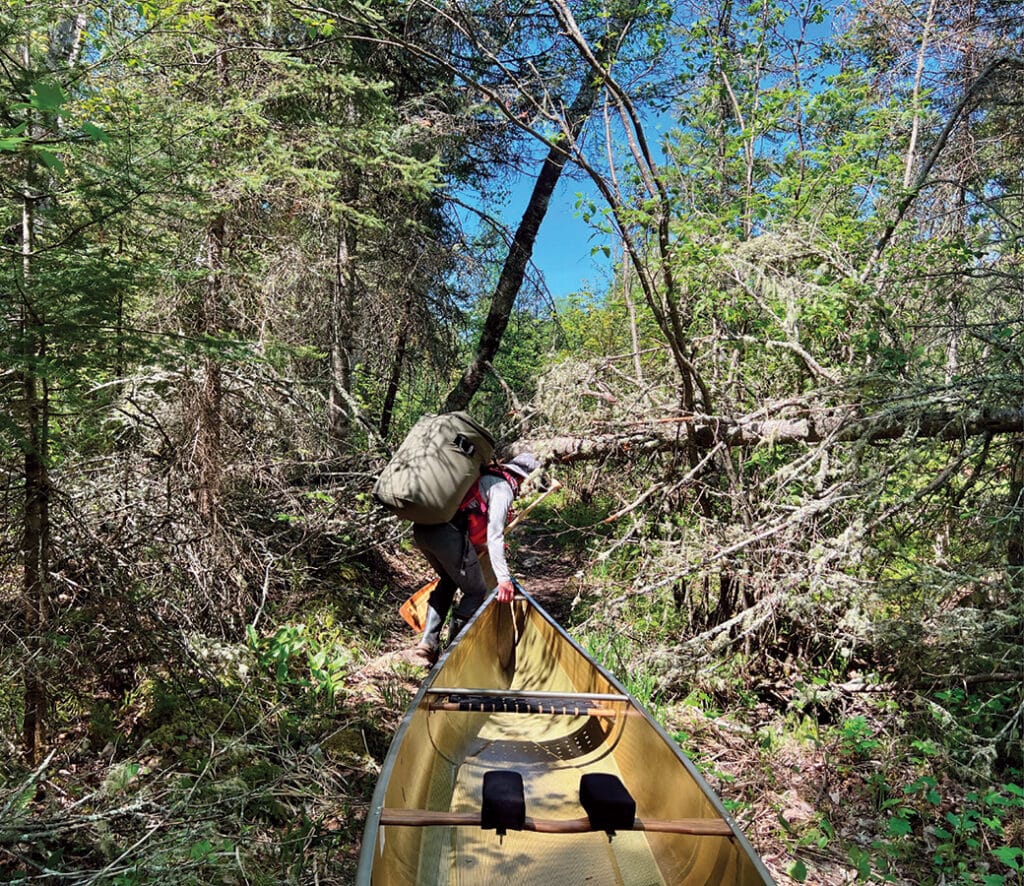
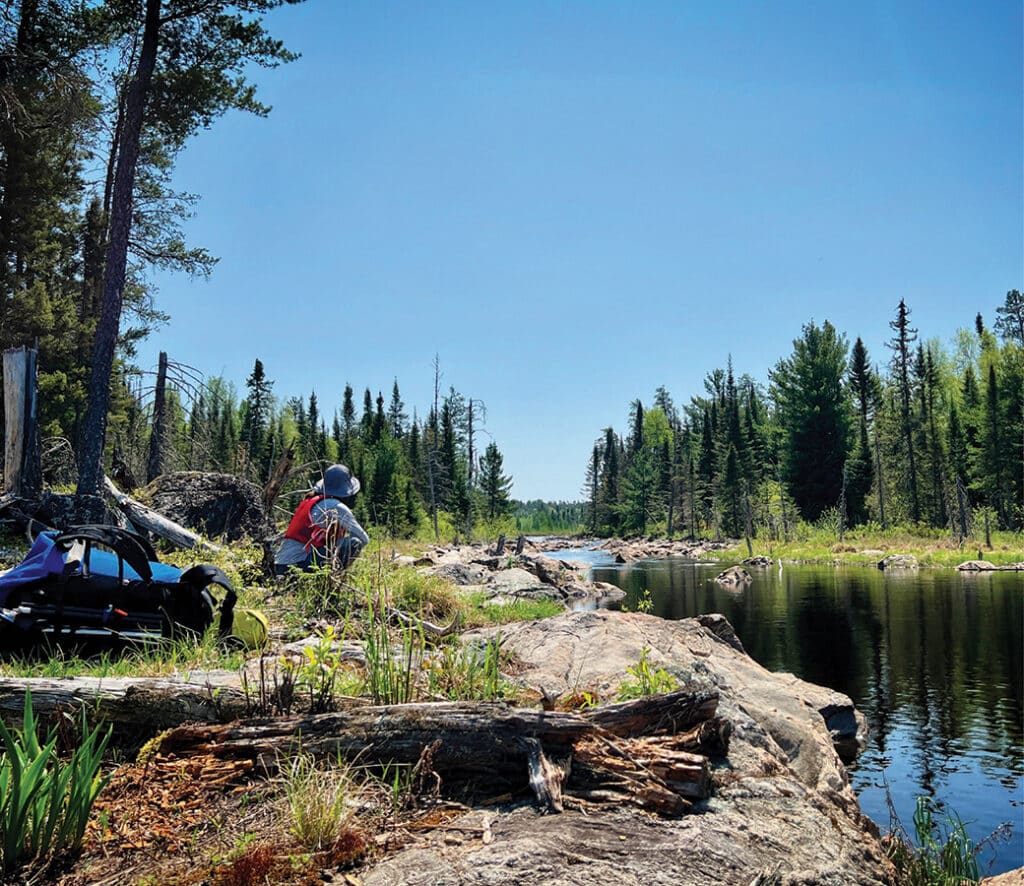
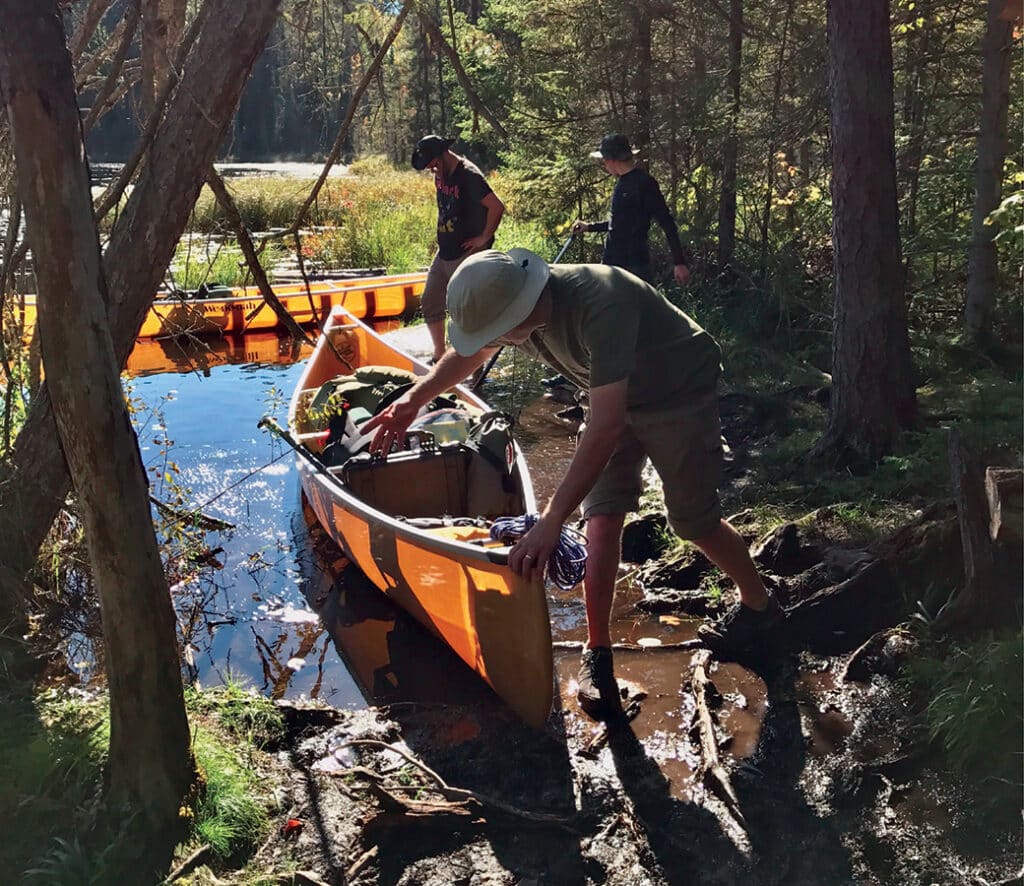
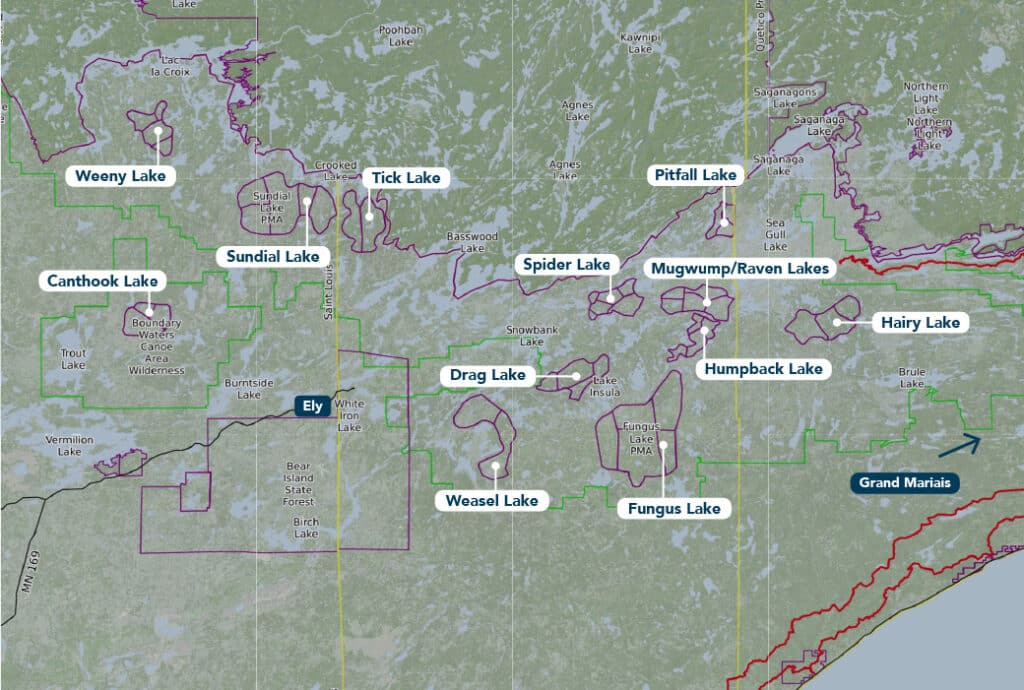
Overview of each primitive area
You can find specific information and maps for each PMA online. When you head north, you can also stop by the USFS office in Duluth to pick up paper maps for the primitive area you’re interested in. Also, the USFS will offer downloadable PMA maps on the Superior National Forest website soon.
Canthook Lake PMA
This PMA is located in the southwest region of the BWCAW. There are five small lakes within its boundaries, and Behzik Creek winds through it.
Drag Lake PMA
Located east of Ely, this PMA lies deep in the boreal forest. Small lakes and creeks connect the PMA to larger bodies of water. The 40-mile Kekekabic Hiking Trail crosses just to the north.
Fungus Lake PMA
The largest PMA sits in the central portion of the BWCAW, east of Ely. It features numerous small lakes, creeks, and river-like passages—ideal for solitude.
Hairy Lake PMA
This PMA, which contains a maze of small lakes and creeks, lies west of the Gunflint Trail. It features numerous small lakes and creeks.
Humpback Lake PMA
This primitive area has irregular boundaries, we recommend you study your topo map closely. The Raven/Mugwump PMA lies a half mile to the north.
Mugwump PMA
This PMS is deep in the heart of the wilderness. The northern edge is very close to the 40-mile-long Kekekabic Hiking Trail.
Pitfall Lake PMA
Located near the former Benny Ambrose homestead, this PMA is historically significant. In 1920, he settled on Ottertrack Lake to the north and lived there for nearly sixty years. Self-sufficient, he fished and trapped in the area. However, for over 10,000 years, many have traveled these routes and lived along these lakes.
Spider Lake PMA
This PMA sits just a few lakes away from Dorothy Molter’s historic homestead on Knife Lake. Molter was the last resident of the wilderness, greeting paddlers with a friendly face and a bottle of root beer until 1986. She lived on a homestead located on a cluster of islands known as the Isle of Pines.
Sundial Lake PMA
South of the Canadian border, this larger PMA features numerous creeks and a few small lakes. From here, paddlers may be able to access large border lakes for a unique wilderness route.
Tick Lake PMA
This PMA lies near the international border, along historic travel routes that people have navigated for over 10,000 years. If your route includes Crooked Lake, pause at two historic sites. French fur traders once used Table Rock, which is also a campsite, on their way to and from Lake Superior. Further south, you’ll find a large set of pictographs, believed to be at least 500 years old.
Weasel Lake PMA
Just south of the popular numbered lakes chain, this PMA is rebounding from the 2011 Pagami Creek Fire. It’s an area in flux, with lush forests to the north and newer, more exposed growth to the south.
Weeny Lake PMA
This remote area in the BWCAW’s northwest region has largely avoided logging, likely because its inaccessibility deterred loggers. Keep an eye out for old white pines that could be over 300 years old.
Tread lightly
Exploring a Primitive Management Area lets you experience the BWCAW at its wildest. The USFS recommends you keep groups small (6 or fewer).
If you visit, practice Leave No Trace principles, keep noise to a minimum, and be respectful of wildlife. You may encounter moose, wolves, or bears. Additionally, most BWCAW rules still apply in PMAs, though there are some key differences. This includes camping on durable surfaces like dirt, rock, dry grass, or snow. There are no firegrates or latrines. Because of this, you must bury human waste in a hole at least eight inches deep and 200 feet from any water source. All garbage, including menstrual products, must be packed out. Using biodegradable soap in lakes, rivers, or streams is also prohibited.
Finally, don’t forget to leave an itinerary with your emergency contact, since help is far away from these areas.
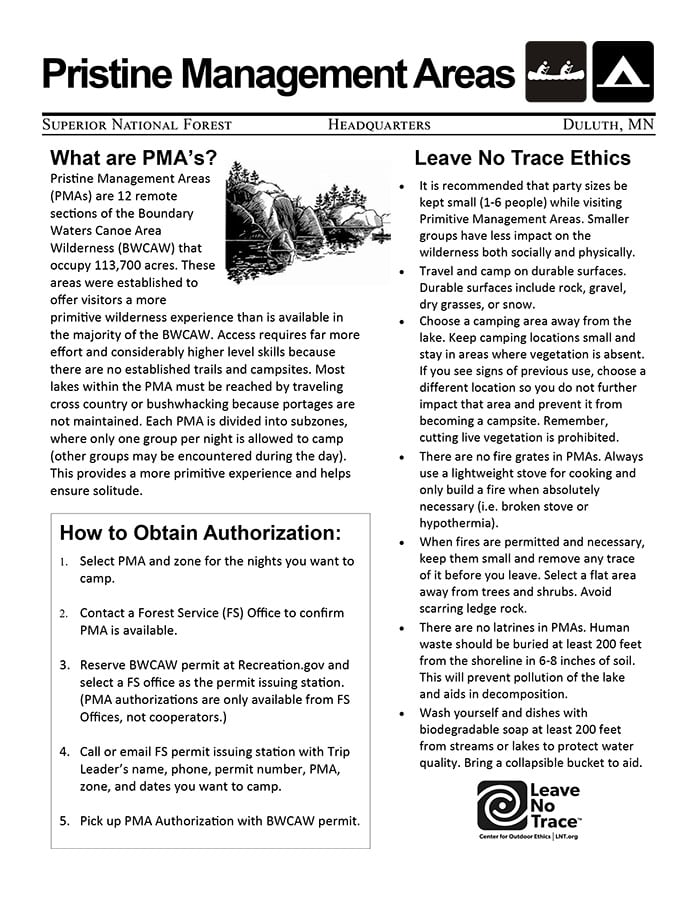
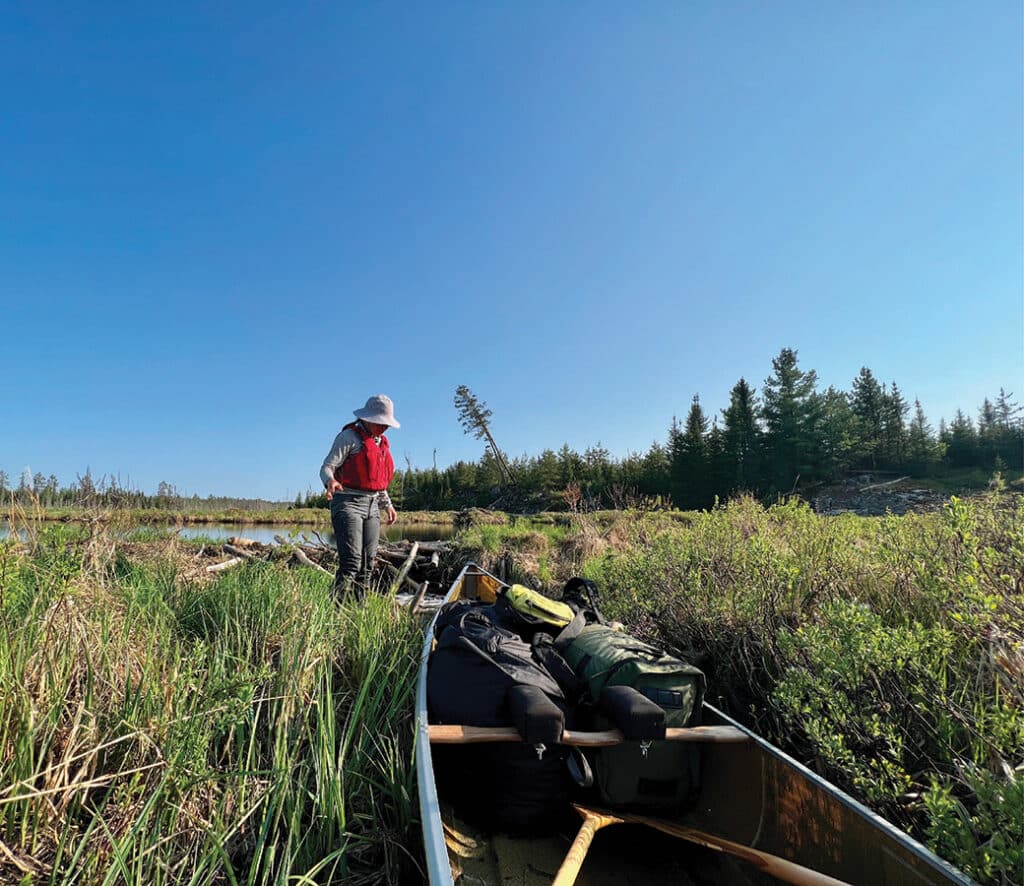
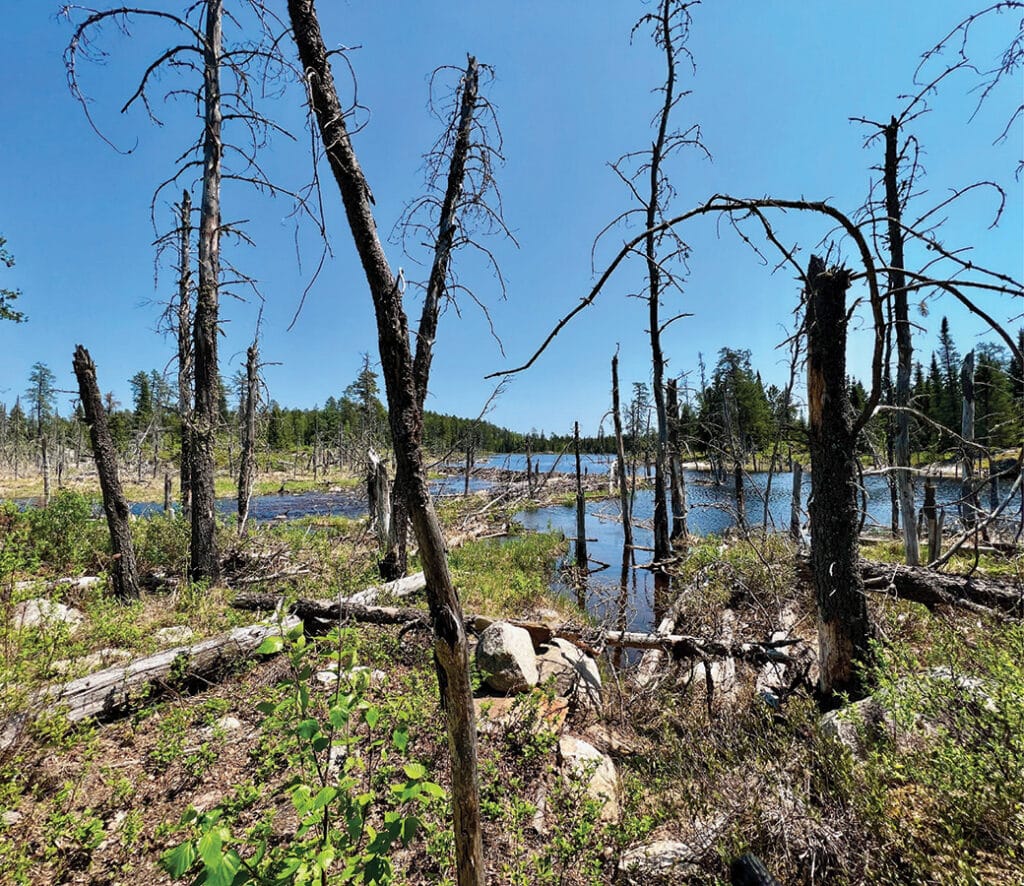
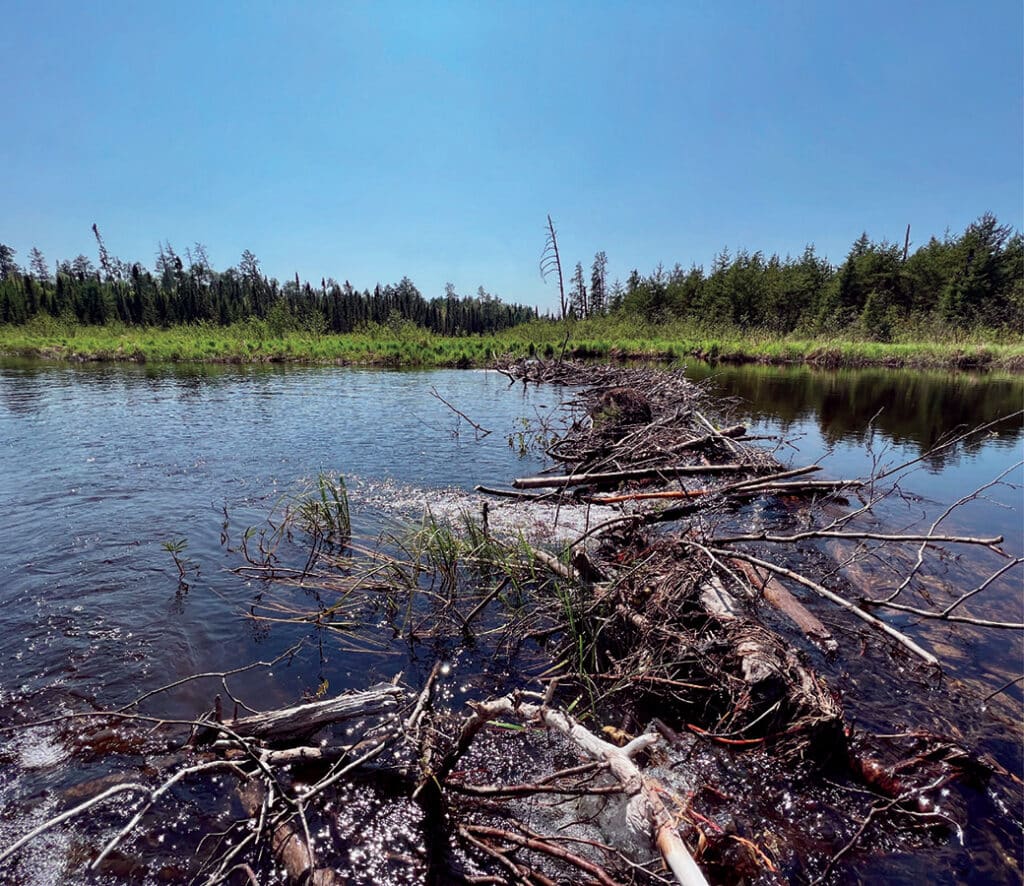
Traveling through primitive areas often feels like a bushwhack, those who visit need strong wilderness skills.
More info:
- Boundary Waters Canoe Area Wilderness Trip Planning Guide – USFS – Superior National Forest
- BWCAW Primitive Management Areas – BWCAWild
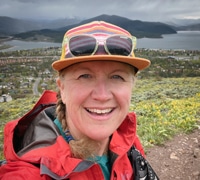
Wilderness guide and outdoorswoman Pam Wright has been exploring wild places since her youth. Remaining curious, she has navigated remote lakes in Canada by canoe, backpacked some of the highest mountains in the Sierra Nevada, and completed a thru-hike of the Superior Hiking Trail. Her professional roles include working as a wilderness guide in northern Minnesota and providing online education for outdoor enthusiasts.

